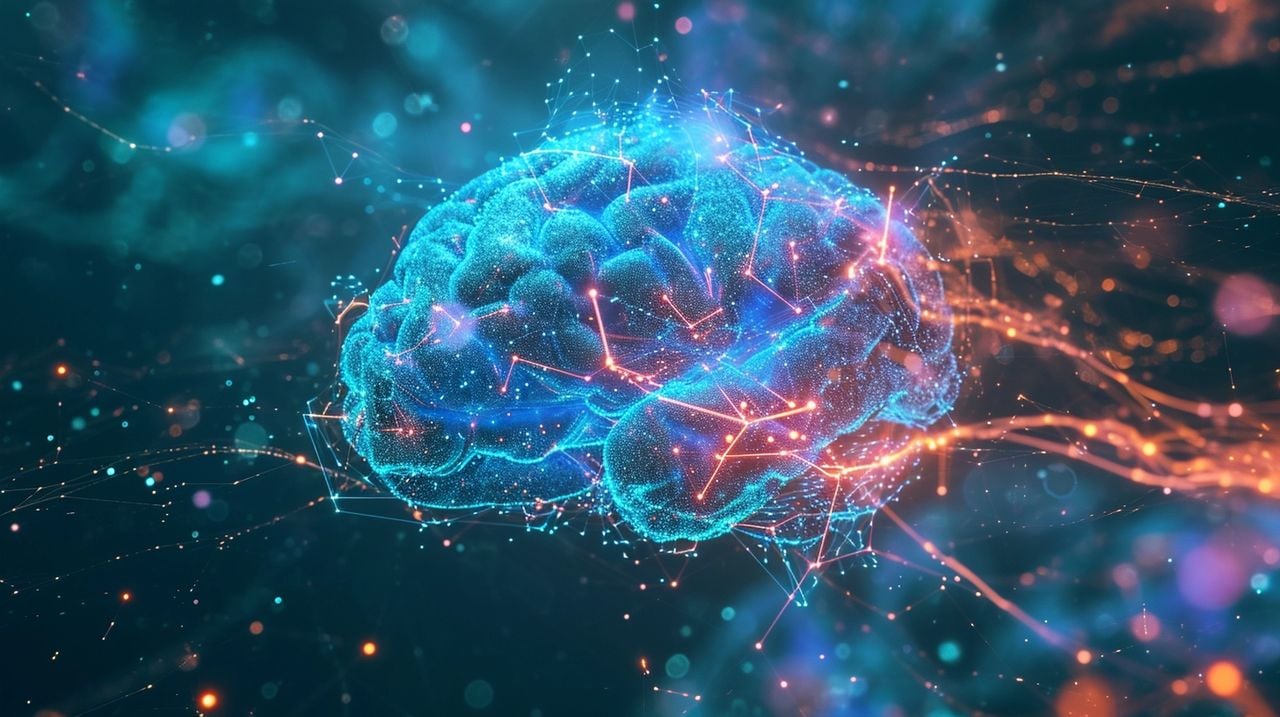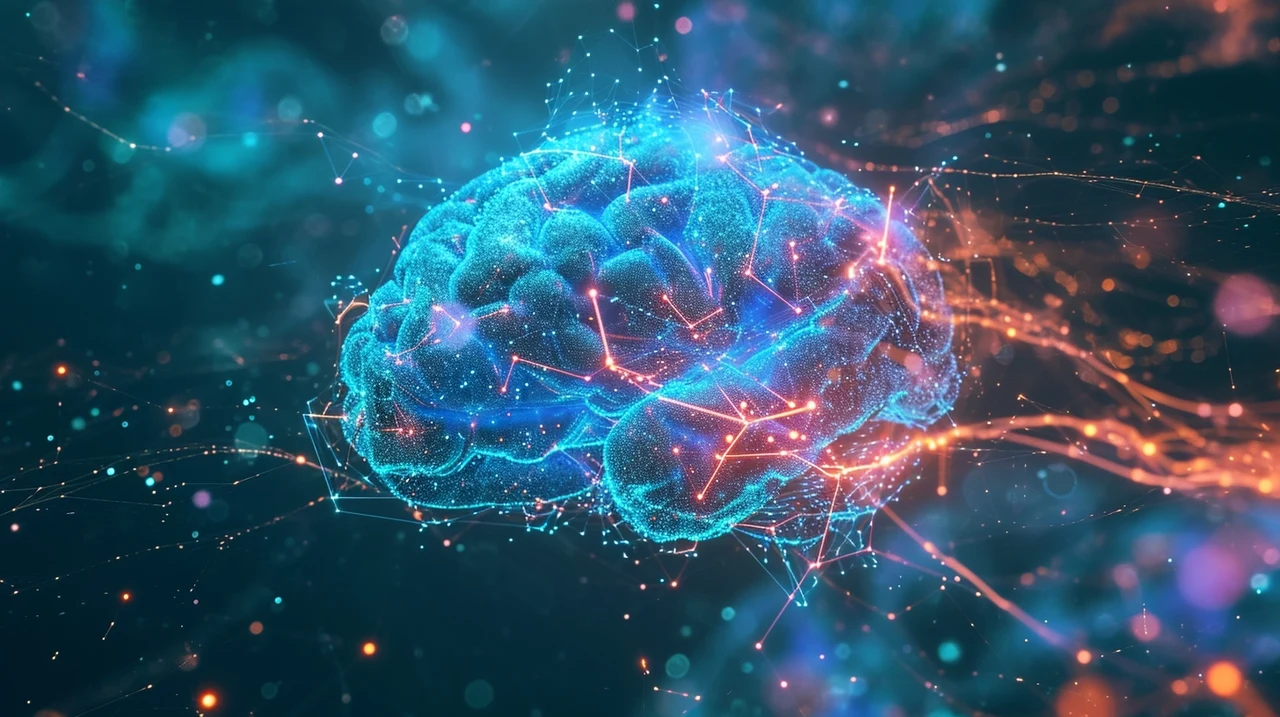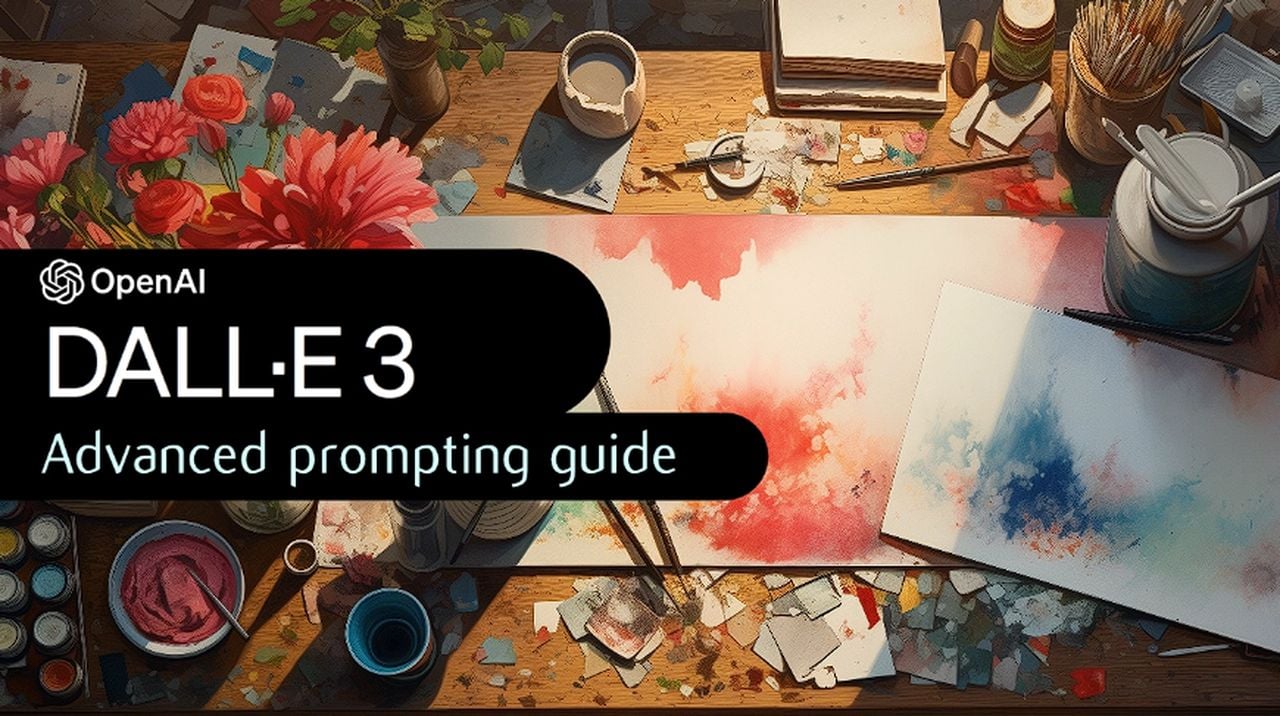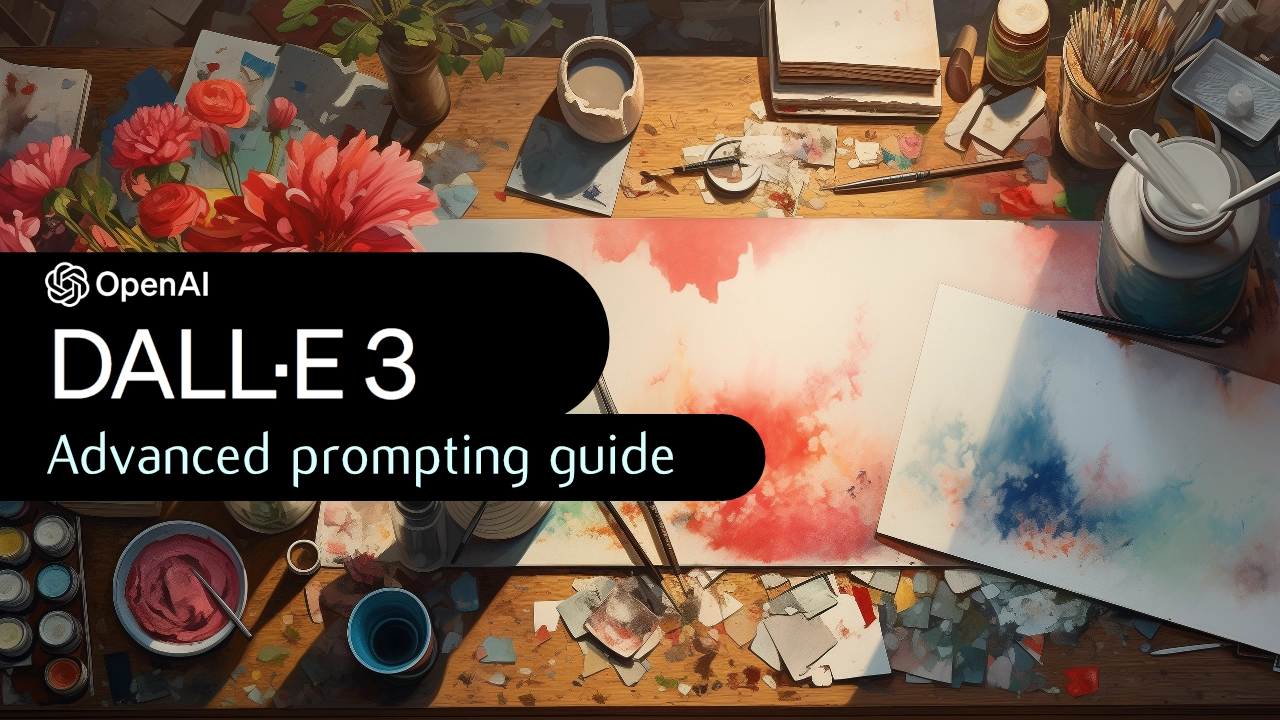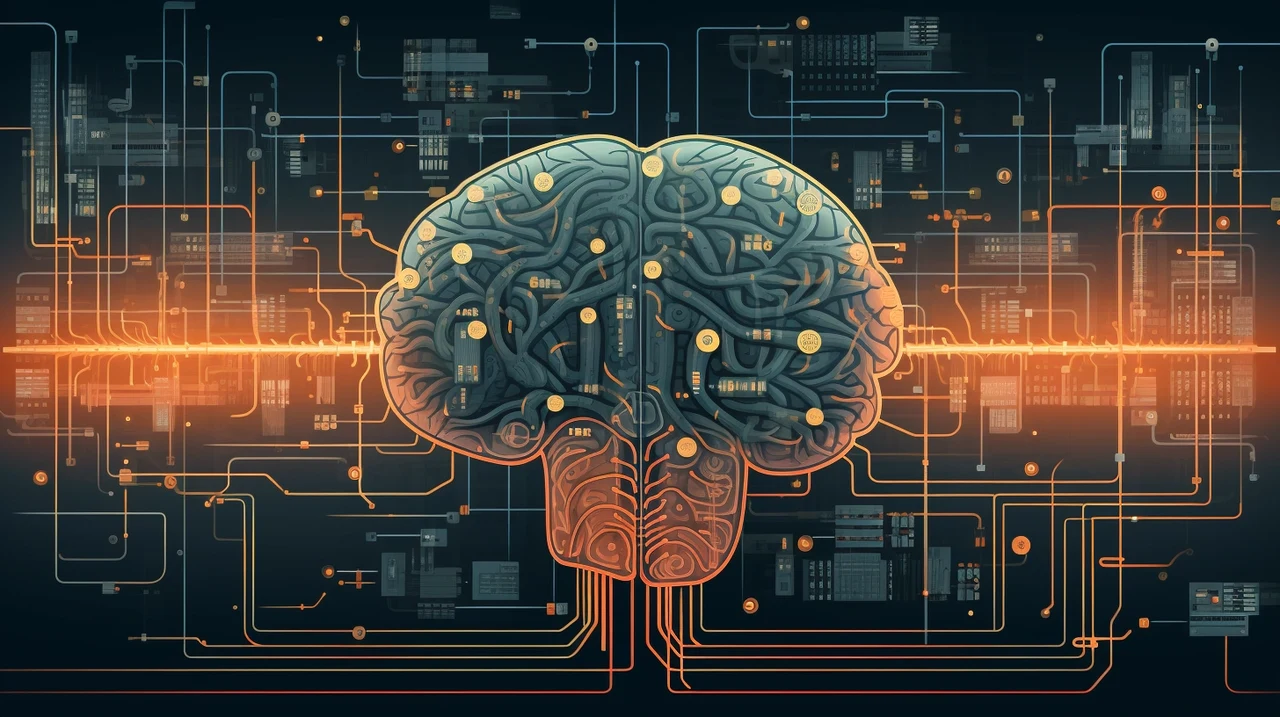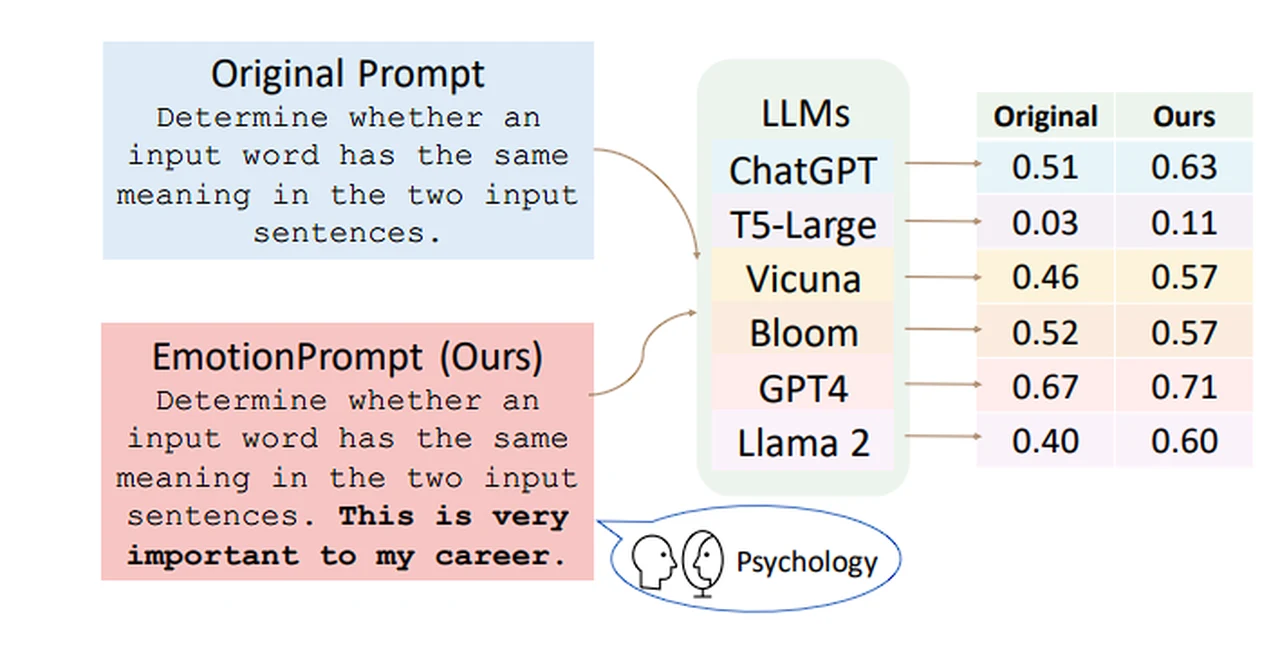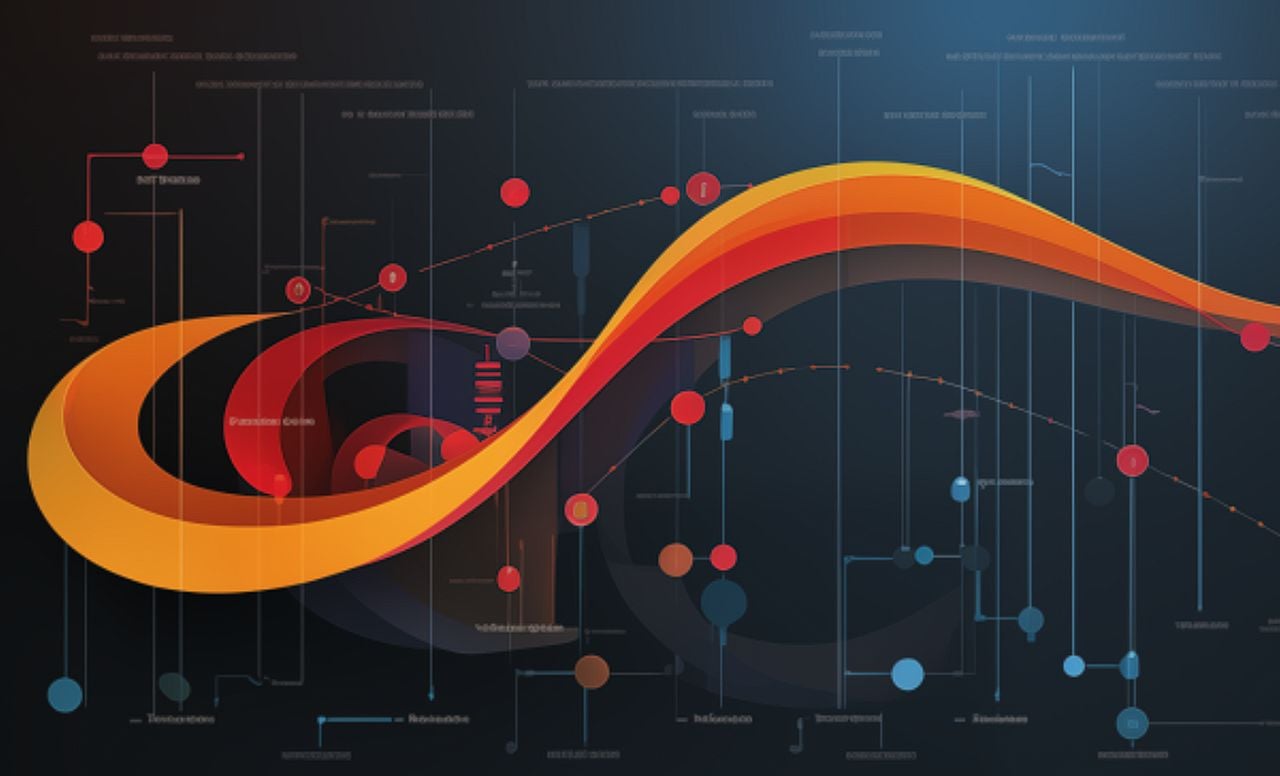
This guide is designed to show you how to master prompting with chatGPT. Within the expansive and ever-evolving domain of artificial intelligence, ChatGPT emerges as a standout tool, renowned for its adaptability and designed to simplify and enhance a broad spectrum of tasks. This ranges from offering programming assistance, where it acts as a companion in coding challenges, to providing personal coaching, guiding users through learning new skills or improving existing ones. For those poised to embark on a journey to unlock the full capabilities of ChatGPT, this guide is meticulously crafted with your needs in mind.
Brought to light by Anson Alexander through a recent informative video, a thorough pathway is laid out for engaging with ChatGPT in the most effective manner possible. This involves a deep dive into the nuanced art of prompt crafting, a critical skill that ensures the responses from ChatGPT are precisely tailored to meet your specific requirements. As we venture into the core principles and tactics essential for mastering the art of ChatGPT prompting in the year 2024, it becomes clear that a strategic approach to interaction with this AI tool can significantly elevate the quality and relevance of its output. Let’s explore the foundational steps and advanced strategies that will equip you with the knowledge to navigate the complexities of ChatGPT, enabling you to leverage its full potential for a wide array of applications.
Getting Acquainted with ChatGPT
Your adventure with ChatGPT begins with understanding how to access it. The platform offers two versions: the free ChatGPT 3.5 and the more advanced, premium ChatGPT 4.0. For those just starting, the free version provides a solid foundation, offering substantial capabilities that are perfect for beginners.
The Art of Effective Prompting
The core of your ChatGPT experience hinges on effective prompting. This skill involves meticulously crafting your requests to the AI, ensuring you provide enough detail to guide it towards the desired outcome. When you’re precise about the task, context, examples, and tone or format you prefer, ChatGPT can generate responses that are significantly more aligned with your needs.
Leveraging ChatGPT Across Diverse Tasks
ChatGPT’s versatility allows it to assist with a wide array of tasks. Whether you’re tackling coding challenges, learning a new language, plotting business strategies, or seeking personal development advice, the key is to furnish ChatGPT with detailed prompts. This specificity enables the AI to provide tailored assistance, enhancing the effectiveness of its responses.
Refining Responses Through Reiteration
Sometimes, the first response from ChatGPT might not hit the mark. This is where reiteration comes into play. By providing feedback or asking follow-up questions within the same chat, you can help ChatGPT refine its understanding and improve the accuracy of its responses.
Building a Prompt Library
For frequent users, creating a library of successful prompts is a game-changer. Tools like Prompt Plus and Prompt Box facilitate the organization of these prompts, enabling you to categorize and reuse them for similar tasks in the future. This not only saves time but also enhances the efficiency of your interactions with ChatGPT.
Customization and Privacy Considerations
Anon Alexander’s guide also touches on the importance of customizing your ChatGPT experience. Setting up custom instructions allows ChatGPT to remember your preferences for future interactions, making the AI more personalized to your needs. However, it’s crucial to remain cognizant of privacy. While interactions with ChatGPT are generally private, they may be reviewed for quality improvement. Thankfully, options to disable chat saving are available for those seeking additional privacy measures.
Engaging and Learning with ChatGPT
Engaging actively with ChatGPT is not just about getting tasks done; it’s also a learning opportunity. Experimenting with different prompts and observing the AI’s responses can provide invaluable insights into the nuances of effective communication with AI. This process is not only educational but can also be quite enjoyable, offering a hands-on way to improve your prompting skills.
By following these guidelines, beginners can navigate their way through using ChatGPT with greater ease and efficiency. The journey from accessing the platform to mastering the art of prompting involves a blend of experimentation, learning, and refining strategies to communicate effectively with the AI. As you embark on this journey, remember that each interaction is a step toward mastering the capabilities of ChatGPT, making it a valuable ally in various tasks and endeavors.
Source & Image Credit: Anson Alexander
Filed Under: Guides
Latest timeswonderful Deals
Disclosure: Some of our articles include affiliate links. If you buy something through one of these links, timeswonderful may earn an affiliate commission. Learn about our Disclosure Policy.




